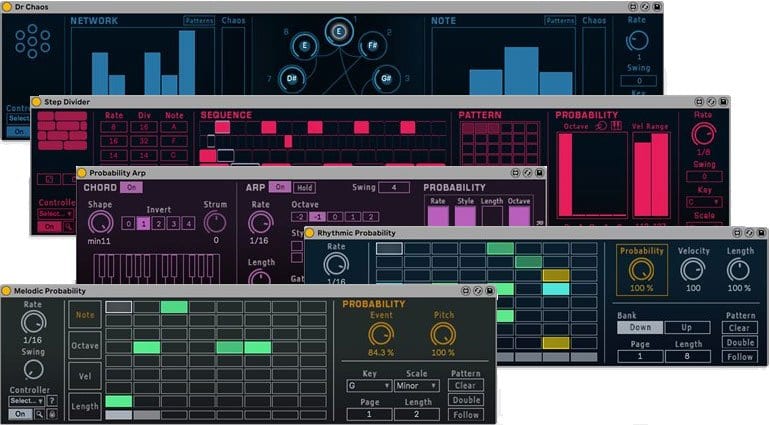

This is, effectively, the template for a whole heck of a lot of what would come to be called IDM. One, its a glimpse inside the imagination of Monolake. The PX18 is important historically for two reasons. (Having just been digging around Soviet-era light organs, software offers some opportunities for media archaeology that hardware may not.) That does, however, point to the possibility of documenting musical practice in software form as archival activity.

You can theoretically even download and use it, though you probably wouldn’t want to – it’s somewhat idiosyncratic software and in need of some updates. But in this case, software is leaving a record that’s actually far clearer than the one left by musicians using hardware.Īnd the PX18 is an amazing piece of history – one that exists in software form. We assume that software is ephemeral, likely to be lost to history. (Gerhard is now plenty busy being CEO of Ableton.)Īnd then there was Monolake’s PX18 sequencer, a step sequencer – cum – timeline with loads of interesting tracker-style and mathematical-musical features. Monolake, which is now just Robert Henke, was both Robert Henke and Gerhard Behles. This mode is useful for when you want to play, use the step sequencer, and change the length of a clip all at once.Remember 1995? Computers onstage were still a comparatively risky proposition – often relegated to MIDI, more prone than today to instabilities, and absent today’s DJ and live performance apps. While in the Loop Selector layout, the top 32 pads are a step sequencer, the bottom left pads are your drum samples, and the bottom right 16 pads are dedicated to your recorded drum clips. To change between the Layouts, just press the Layouts button. However, if you create a drum kit that includes a lot of samples, you may want to select the 64 Pads Layout for easier access to a specific sample. Most preset drum kits that are installed with Ableton have 16 samples per kit. You can also use quantization to apply swing rhythms or adjust note values.ĭrum tracks have three Layouts (modes) available Loop Selector, 16 Velocities, and 64 Pads. If your beats are a little off time when recording in real time, you do have the ability to quantize it. Realtime recording is best for when you want to record your exact performance, capturing all of the details of your timing and dynamics. Using the step sequencer is useful in situations where a drum needs to be on time or if you need to add or remove an individual note. You can program drums in a few different ways - Either realtime recording or using the step sequencer.


 0 kommentar(er)
0 kommentar(er)
